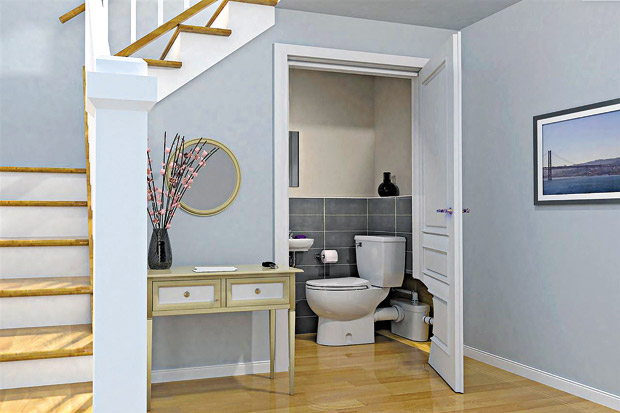American household demographics constantly change. With kids grown and moved out, many adults are considering remodeling to meet their future needs. This has inspired the idea of aging in place, meaning the desire to have a high quality of life in your home as you get older. In the United States, it’s a desire shared by many.
According to the AARP, 87 percent of adults age 65 and older want to stay in their current home and community as they age. Furthermore, among people age 50 to 64, 71 percent of people want to age in place. The desire to age in place typically requires making thoughtful updates to a home to accommodate senior needs.
Multigenerational households also are changing for older family members. Sometimes it’s necessary to have elderly relatives move in to your home for them to thrive. Adult children will opt to make remodeling updates so spaces are safe, comfortable and accessible for all.
Whether you’re remodeling for yourself or a family member, there are many things to consider. Making changes where it matters most will help transform the household into a secure space for aging adults.
Single-story living
Having all rooms on a single story is the ideal layout for senior living. That means the bedroom, bathroom and kitchen can be accessed without having to travel to different levels of the home. Keep in mind, open-concept designs can be beneficial for seniors, but if you are updating hallways, make sure they are at least 36 inches wide for easy maneuverability.
Bathroom additions
Adding a bathroom to facilitate single-story living might seem impossible if you don’t have existing drainage. However, it is feasible and doesn’t require costly demolition. With Saniflo, you can add a complete bathroom where no drainage existed before, thanks to above-floor plumbing features like a macerating toilet and drain pumps. The Saniaccess2 is ideal for powder rooms and the Sani-access3 is a smart choice for full baths.
Bathroom safety
Bathrooms are one of the most dangerous rooms in a home, particularly for those age 65 and older who are more prone to falls. When remodeling, add wall supports such as grab bars in the bath, shower and by the toilet. For showers, a fold-down seat and handheld showerhead can add comfort. A wall-hung sink adds space below and can make it easier to clean and move around. Avoid using rugs and instead install slip-resistant flooring.
Kitchen additions
Redesigning your home with a mother-in-law suite for aging relatives can be a nice way to provide them with everything they need. It will also ensure that everyone has their desired privacy in the home. Again, don’t let drainage limit your remodel plans. Add a modest kitchen setup using Saniflo Sanivite technology. It will pump waste-water away from a variety of sources, such as a kitchen sink, laundry sink and washing machine. Learn more at go.saniflo.com.
Ramps and stairs
There may be spaces in a home where you can’t avoid installing a ramp or stairs. The entryway is one such area. For stairways, install handrails on both sides and add contrast strips to prevent tripping and stumbling hazards. For ramps, the National Association of Home Builders recommends slopes no greater than a 1-inch rise for each 12 inches in length, a 2-inch curb for safety and a 5-foot landing at the entrance. All ramps or stairs should have adequate lighting for easy visibility.
Ample lighting
As vision decreases with age, lighting becomes a critical element throughout a home. Consider adding windows and skylights for plenty of natural light. Swap in brighter bulbs and add adjustable features that allow you to customize settings for frequently used spaces. Finally, add motion lights to hallways and bathrooms for easy evening use. Hard-wired lights are preferred to plug-in options, but if you must have cords, make sure they are hidden or secured to the ground.
When aging in place matters to you or your family members, these guidelines can help you remodel wisely. Smart updates will help you enjoy your home
today and thrive in the future.
This article is courtesy of Brandpoint.

